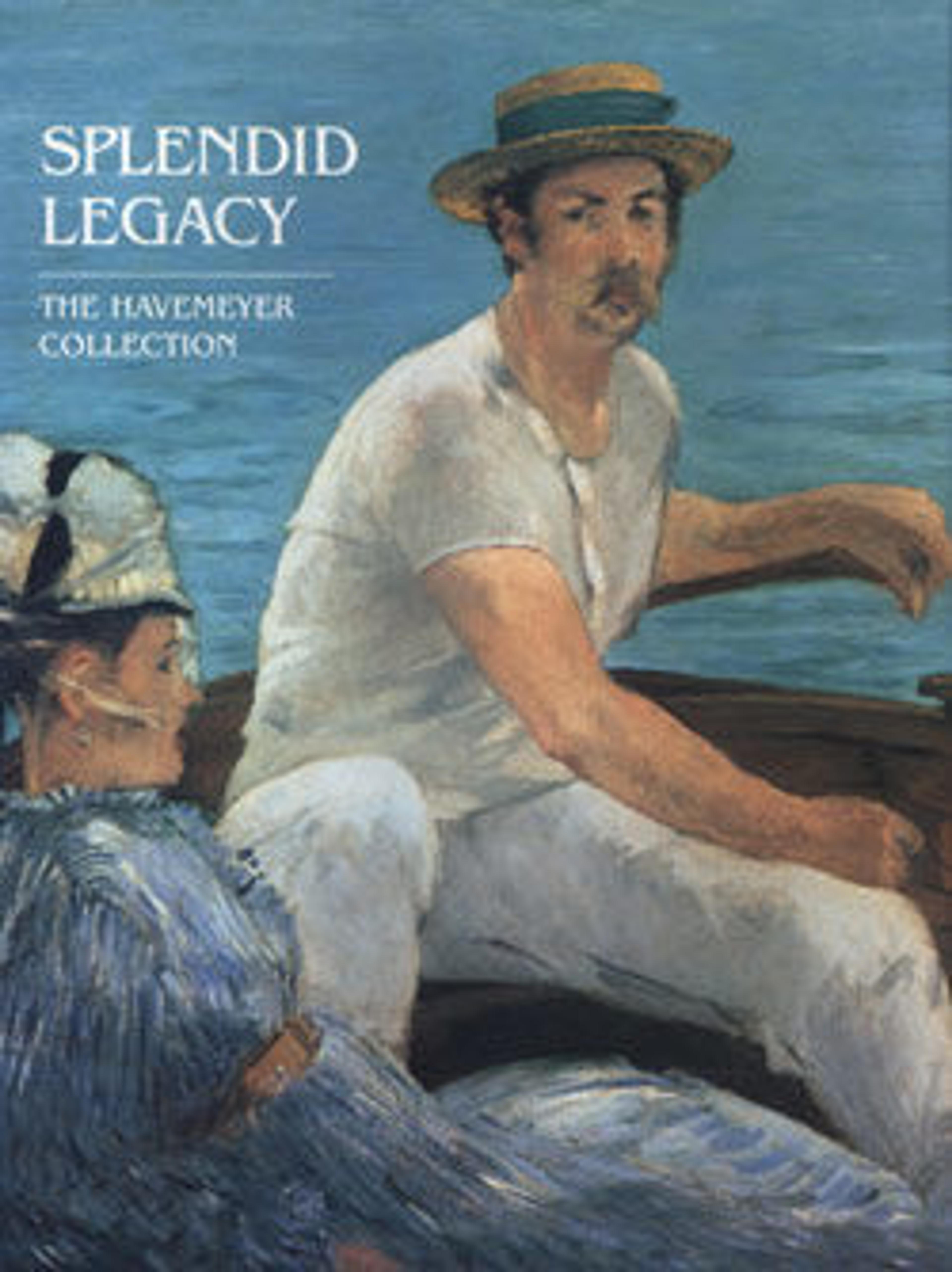Glass beaker
Translucent yellow green.
Unworked, knocked-off rim with slight bulge below; truncated conical body; thick, concave bottom. Three vertical mold seams run down sides from bulge to edge of bottom, with a separate shallow disk-shaped base section.
On body, five staggered rows of buds, decreasing in size, down side, some smooth, some tiered on surface, and alternating with raised dots; on bottom, a single raised circle.
Intact, but with several chips in rim; pinprick bubbles and blowing striations; pitting and iridescent weathering on exterior, small patches of creamy brown weathering and iridescence on interior.
The raised bosses that decorate this drinking vessel are identified as representing the knots in the club wielded by Hercules, whose cult was popular with the Romans. Finds from numerous military sites across the Empire may suggest that soldiers in particular liked to have glass tableware that recalled the strength and drinking prowess of the great hero.
Unworked, knocked-off rim with slight bulge below; truncated conical body; thick, concave bottom. Three vertical mold seams run down sides from bulge to edge of bottom, with a separate shallow disk-shaped base section.
On body, five staggered rows of buds, decreasing in size, down side, some smooth, some tiered on surface, and alternating with raised dots; on bottom, a single raised circle.
Intact, but with several chips in rim; pinprick bubbles and blowing striations; pitting and iridescent weathering on exterior, small patches of creamy brown weathering and iridescence on interior.
The raised bosses that decorate this drinking vessel are identified as representing the knots in the club wielded by Hercules, whose cult was popular with the Romans. Finds from numerous military sites across the Empire may suggest that soldiers in particular liked to have glass tableware that recalled the strength and drinking prowess of the great hero.
Artwork Details
- Title: Glass beaker
- Period: Early Imperial
- Date: ca. 40–100 CE
- Culture: Roman
- Medium: Glass; blown in a four-part mold
- Dimensions: H.: 5 1/2 in. (14 cm)
Diam.: 2 11/16 in. (6.8 cm) - Classification: Glass
- Credit Line: H.O. Havemeyer Collection, Bequest of Mrs. H.O. Havemeyer, 1929
- Object Number: 29.100.80
- Curatorial Department: Greek and Roman Art
More Artwork
Research Resources
The Met provides unparalleled resources for research and welcomes an international community of students and scholars. The Met's Open Access API is where creators and researchers can connect to the The Met collection. Open Access data and public domain images are available for unrestricted commercial and noncommercial use without permission or fee.
To request images under copyright and other restrictions, please use this Image Request form.
Feedback
We continue to research and examine historical and cultural context for objects in The Met collection. If you have comments or questions about this object record, please contact us using the form below. The Museum looks forward to receiving your comments.
